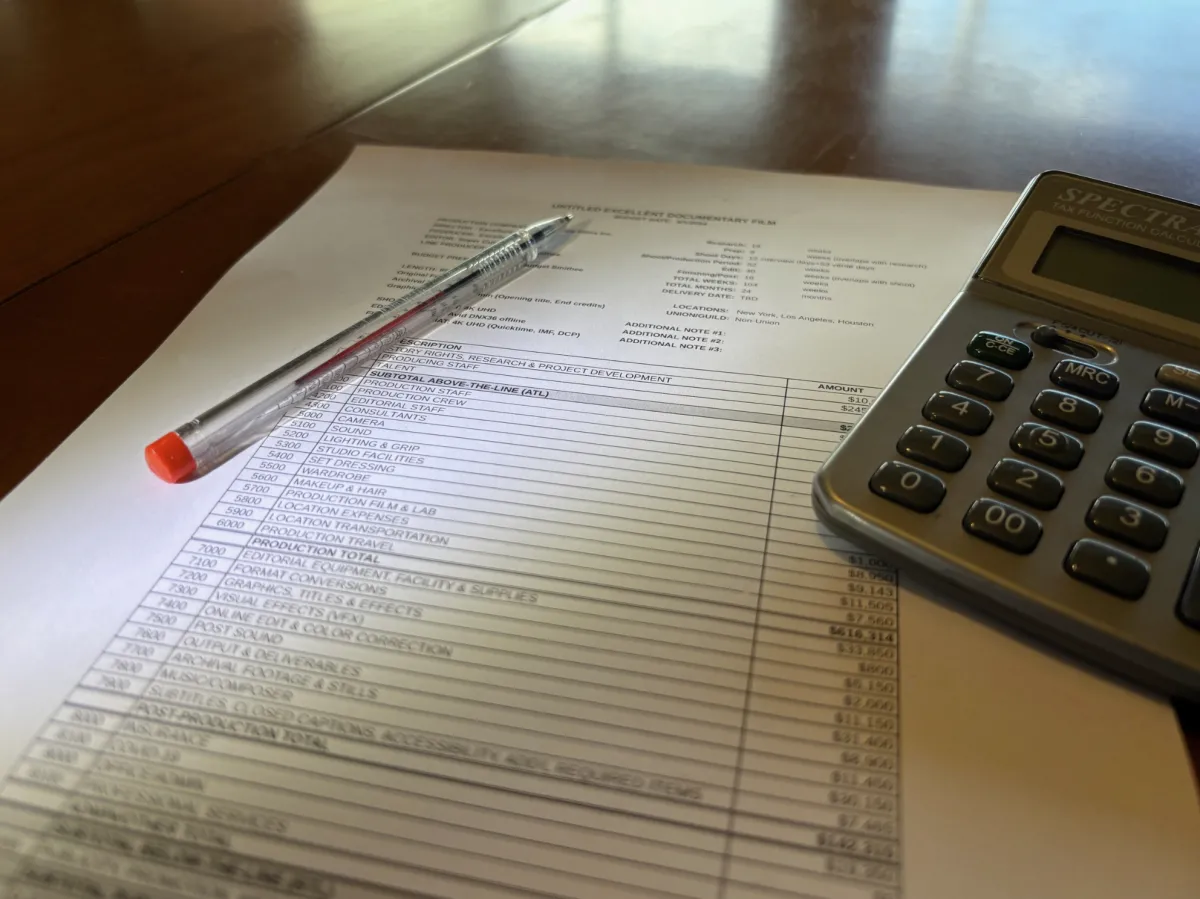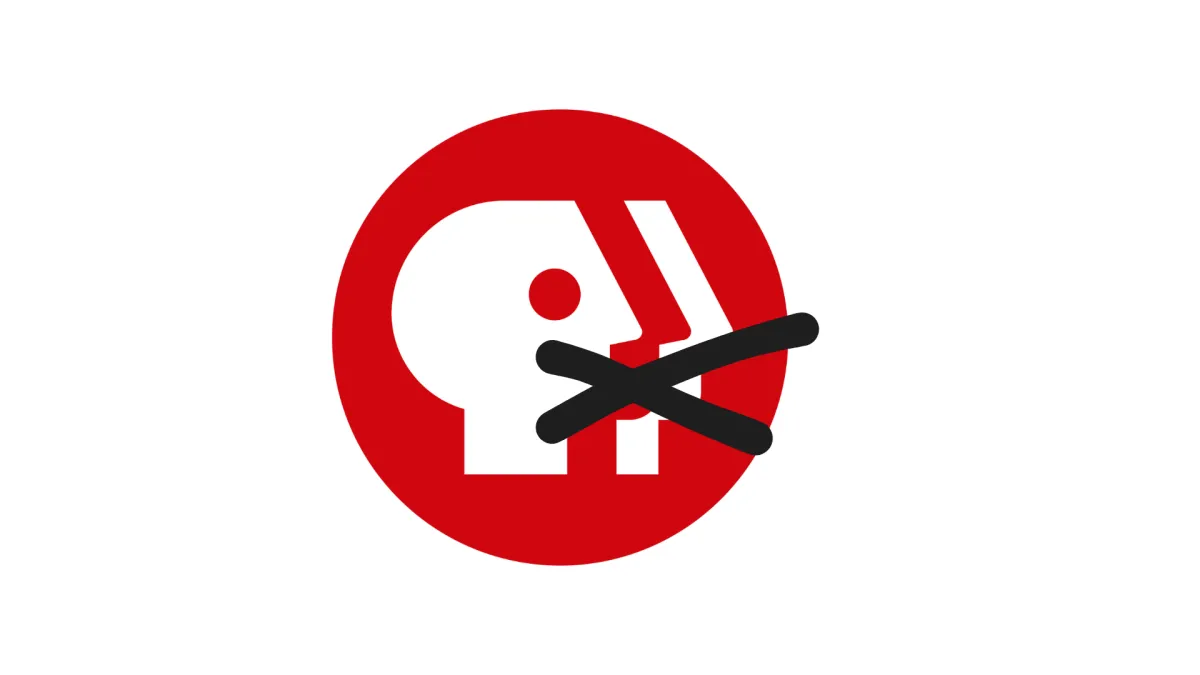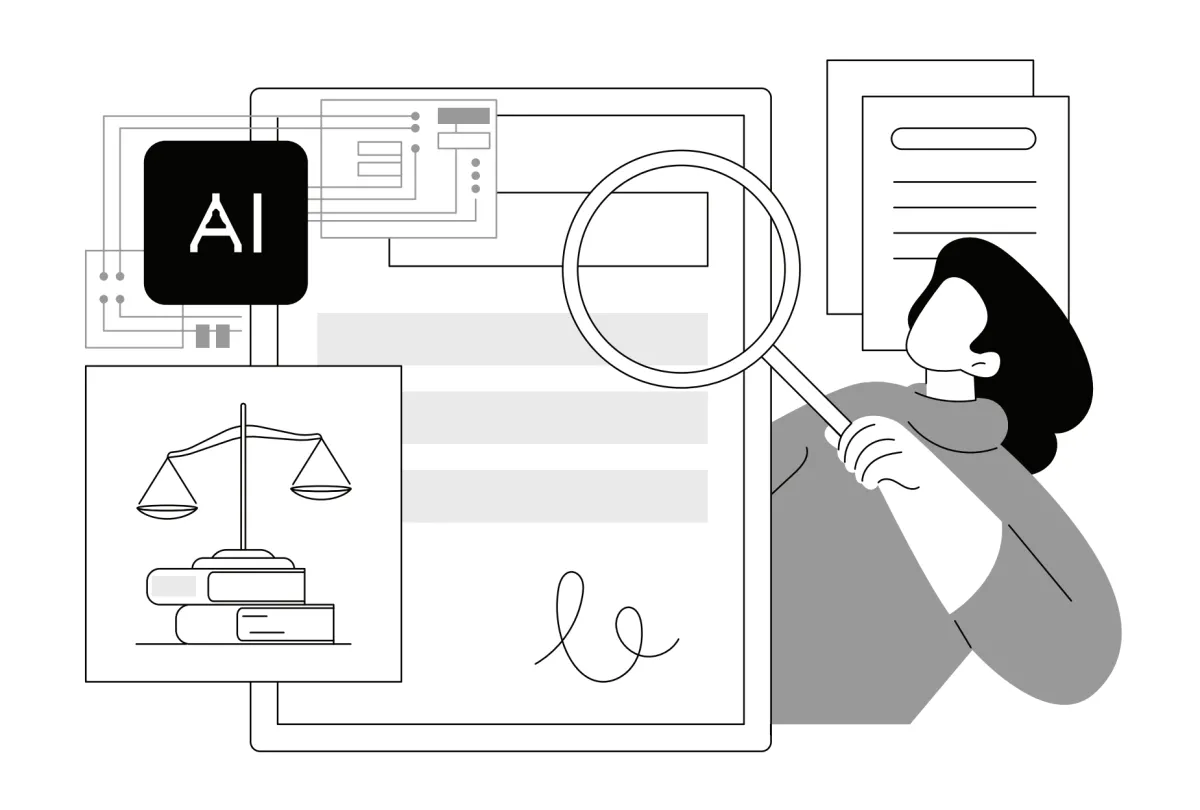
“I Didn’t Want to Have ‘Migration’ in the Title”: Sam Abbas on ‘Europe’s New Faces’

Courtesy of Maxxie, Suzzee & Cinema
Largely composed of artful, meditative shots that relish in quotidian minutiae—meal prep, bathtime, daily prayer—Sam Abbas’s Europe’s New Faces is a striking and emphatically humanizing portrait of African migrants residing in a specific Paris squat. Though the film’s 159-minute runtime seems somewhat daunting on its face, the filmmaker’s eye for exquisite detail quickly quiets the viewer’s roving mind. Perhaps this is because the intimate understanding of his subjects’ routine is entirely palpable, hinting at his extended and genuine immersion into their homes and hearts.
Split into two parts—the first titled “Land and Interrogation” and the second “Sea and Passage”—Abbas’s film bucks narrative convention by revealing the perils of arriving in Europe via the Mediterranean well after the audience has established a connection with the migrant community centered during the doc’s first half. If the constant threat of eviction and bureaucratic hurdles to asylum weren’t pressing enough, the barbaric actions of Libya and Italian coast guards alike illustrate the incessant hurdles these migrants navigate in their quest for a relative sense of freedom. As a result of his constant presence in the Parisian squat, Abbas formed a rapport with human rights organizations like Médecins du Monde, United Migrants, and Médecins Sans Frontières (MSF), the latter even allowing him to embark on a rescue mission at sea. Instead of using this moment to fuel kinetic drama, Abbas focuses on single frames of those on board this makeshift boat. In the act of being taken in by MSF at that moment, these individuals do, indeed, become Europe’s New Faces.
I spoke with the New York City-based Abbas, who currently holds an adjunct position at Barnard’s film studies program, via Zoom in the days leading up to his film’s world premiere at MoMA’s Doc Fortnight. Below, our conversation covers his initial encounter with Parisian squats, how he acquired access to shoot an emergency C-section, and the process of enlisting The Beast and Nocturama director Bertrand Bonello for the score. This interview has been edited.
DOCUMENTARY: I read that this film took you four years to make. Can you break down the origins of the project and how you embarked on production?
SAM ABBAS: It’s funny, I think the film sort of starts before it actually started. Four months before COVID, I had to go to Europe because my partner’s visa ended in the United States. We agreed that Berlin might be a space where both of us could get work done. When we got there, my partner went straight to visit her family in France and Ireland because she hadn’t seen them in quite a bit. So I spent my first month in Berlin by myself, and it was the first time I experienced confrontational racism. It was very clear I didn’t quite belong.
Because of COVID, we made an impulsive decision to leave Germany and go to her father’s home in Normandy. That in itself is a crazy story, because halfway through the train ride people with hazmat suits came on. It was close to the border and we got a notification that the French president had decided to close the border at midnight. It was a whole thing, but we made our way to Paris just in time.
There’s a music night in Paris called Fête de la musique and we went to meet some friends. There were a lot of celebrations happening at this one building. I thought it was a dorm, but as we got closer my partner was like, “No, this is a squat.” I was intrigued by this community and I also had nothing going on at the time [laughs]. I spent a lot of time at artist squats, which felt very much like an Ocean’s Eleven thing where they had their MacBooks and drones. Very bizarre. At a certain point, I came across migrant squats and it’s a very different situation. I shifted away from artist squats and really just spent a lot of time in migrant squats. I don’t speak French—or even understood French very well at that point—and with migrant squats, I was able to speak Arabic or I could speak English to people from Nigeria or Ivory Coast. After a while, I was like, “Maybe I’ll record and make something.”
D: How long did it take for you to establish that trust before bringing the camera in?
SA: A long time. Maybe a year before the camera was introduced. It got to a point where I was very present, not just with the people that live there, but also with United Migrants. Everyone knew I made films, so the transition was very organic.
D: This leads to another question. When did it feel beneficial to include human rights organizations?
SA: Médecins du Monde did a healthcare check at the squat once a week. I got in touch with them to make sure I was allowed to film their doctors, even though none of that footage made the final cut. But I was always there, so it was more so that I was just meeting these people. It was the same thing with United Migrants or Utopia 56. MSF was one that I did have to reach out to. One of the main things that every person I met experienced on this journey to Europe was torture and exploitation in North Africa, mostly Libya but also Tunisia. It feels weird to say, but I wanted to see a version of that, and the closest thing would be to see people in a rescue vessel.
D: When you embark on that rescue mission with MSF, you opt to employ still photos as opposed to video recordings of these survivors. How’d you come to this decision?
SA: Two reasons. The first is that there are so many YouTube videos that show people approaching these makeshift boats. I thought it would increase anxiety by seeing the waves, going straight to black, and then having these very slow photographs in pure silence. The second reason is that I care an incredible amount about photography. On the ship, it was the only time I obviously couldn’t use a tripod. Visually, that just didn’t work to my liking.
D: In those photographs, you really are lingering on the faces of your subjects. The project is entitled Europe’s New Faces, but I found it compelling that you just as often capture isolated body parts: hands, breasts, feet, thighs, backs. What made you isolate certain extremities while also emphasizing visages in the title?
SA: Photography is not just about the face; you have the rest of the body. Traditionally, people will use quick cuts of body parts as B-roll. I always feel like, “That is your shot right there!” My framing is also very instinctual. Sometimes I just capture what I’m feeling without having the need to show someone’s face.
D: So then what felt evocative about this title?
SA: To me, it’s about all these individuals who are on a journey to a better life. In their eyes, Europe is that. In a way, these are all the new faces that are arriving in Europe. I didn’t want to have “migration” in the title. Let’s say someone walks past the theater and they enter: I want them to discover something rather than going into a film expecting a narrative about immigration.
D: That also means you don’t have to be in conversation with certain expectations or tropes, necessarily.
SA: Yeah. My biggest thing was showing people that everyday tasks are the same for everybody. Like in the scene with that one woman who’s singing and cooking.
D: That song immediately made its way onto my playlist after looking it up.
SA: It’s stunning. That day was also so beautiful. I could have just made a film about that one day. It was Eid. I would say that specific squat was 55-60% from Ivory Coast. Well, the woman who gave birth was from Nigeria, the man who wants to be a photojournalist is from Gambia, there are a few people from Chad, Niger, et cetera. It was interesting because you had various levels of strictness during Ramadan, but that first day everyone—Muslim or not—fasted together in camaraderie. I would hide chocolate bars for myself, just to fuel me and get myself through the day, and as the weeks progressed before Ramadan was over, more people were like, “Okay, I’ll have a piece of chocolate!”
But on Eid, they were cooking and generously making meat for everybody. It’s not in the film, but they collectively brought a lot of meat and gave it as a gift for everybody to cook in their own individual rooms. And they even offered me some. It was very beautiful and touching. Communities with the least money are the most generous.
D: You just mentioned her, but I want to ask about the C-section birth you shot. I know you filmed live birth in your previous films, but I wonder how filming in this hospital may have been different.
SA: I filmed two home births—or one and a half home births—for Alia’s Birth (2021) and then a short film I did, Marie (2020). But with this woman, once it became clear that it was going to be an emergency C-section, I was lucky enough to have gotten in touch with the head of gynecology at that hospital, who essentially asked the board on my behalf for permission to film. The actual experience was extremely surreal. Being in that room, it just happened so fast. You’re sort of like, “I don’t know where to stand!” What’s interesting is I watched it and it was so beautiful. Then I remember watching it in playback later, and that’s when I was like, “Ew! The tearing of flesh!” Actually, the only time I turned around because it was too much for me was the needle going into her spine. A few days later, before she had to leave the hospital, I sent her some stills and she sent them to her family. It was a combination of them being happy and also being like, “Too much blood!”
D: Another visual element that intrigued me is the incorporation of Whatsapp texts and phone screens in general. Sometimes they’re implemented as a visual effect—recreating a text exchange as if it were happening in real-time—and other times subjects are showing their own phone footage to the camera. Tell me more about this.
SA: It goes back to wanting to maintain a visual that I like. For a while, I was against putting any phone stuff in it. But I think it’s crucial that people at least get a glimpse of certain realities. How could I do that with the footage that I already have and footage that I have from people’s phones and still make it work together? For instance, in the opening, we have a close-up of a chain being broken. And that’s simply just a close-up because visually I didn’t like the wide shot of everybody there. So then I was like, “Okay, why don’t I include the entire frame in that cell phone text chain?” Now people could see what that building actually looked like and how many people were there, and it’s okay to see it that way because it’s poor video quality, anyway. But for me, aesthetic is everything.
D: Obviously, I’m curious to learn how Bertrand Bonello came on board as composer. His touch is very light here; what notes or instructions did you give him, if any?
SA: I essentially just sent Bertrand a very nice letter asking if he would be open to composing this project, knowing that he usually doesn’t compose outside of his own films, with a few exceptions. I’m very happy he was able to do it. It was truly a masterclass in music and film. The way we worked together was that he watched the film and then he would send pieces of music, and I would then put them in certain scenes. We’d talk about if it felt right or not and would try different scenes. It felt very organic in that sense. It was certainly a dream come true to work with him.
Natalia Keogan is a critic and journalist based in NYC. Her bylines include Filmmaker Magazine, A.V. Club, Reverse Shot, and Paste, amongst others.




